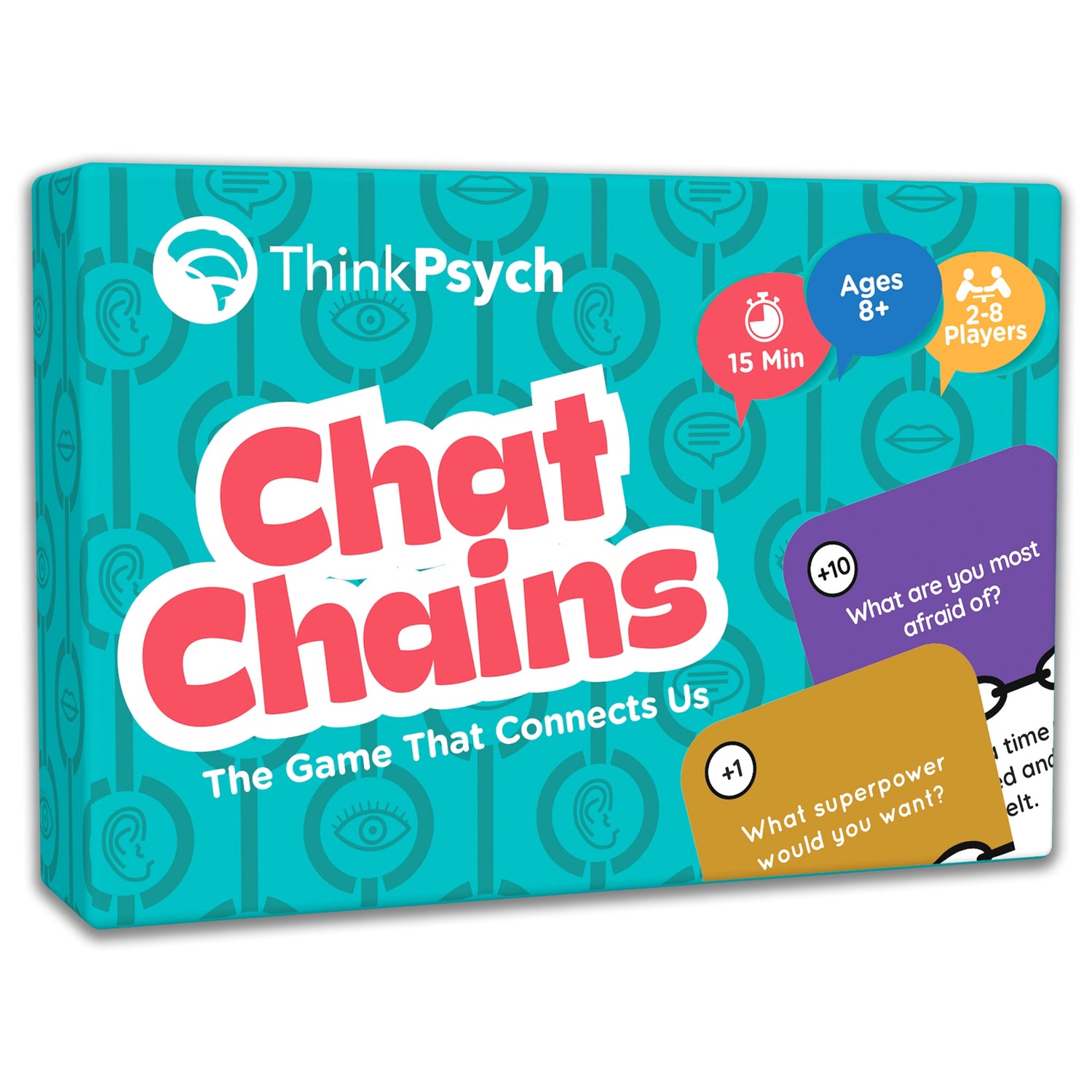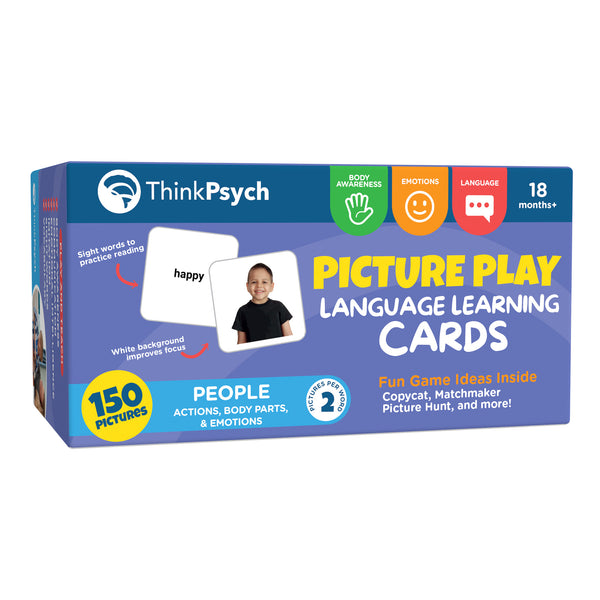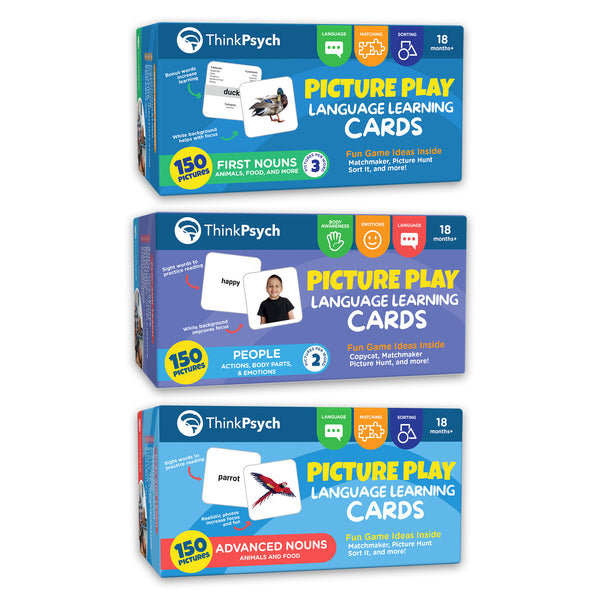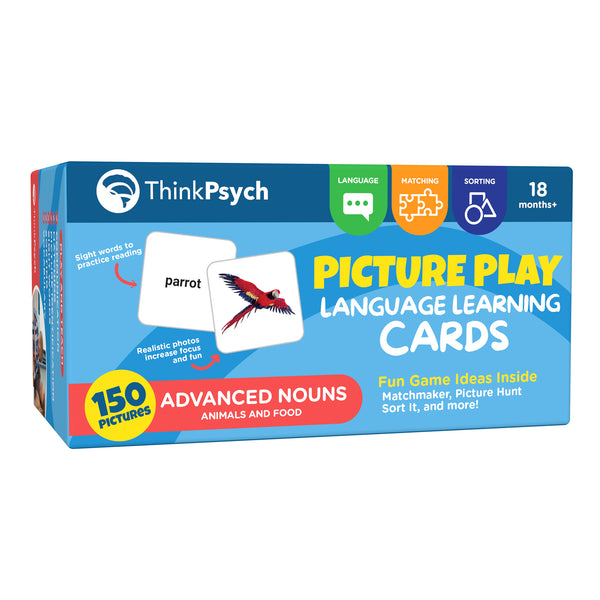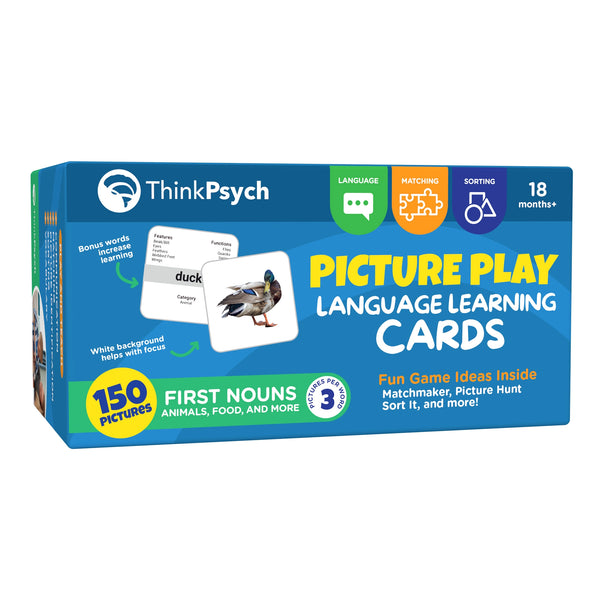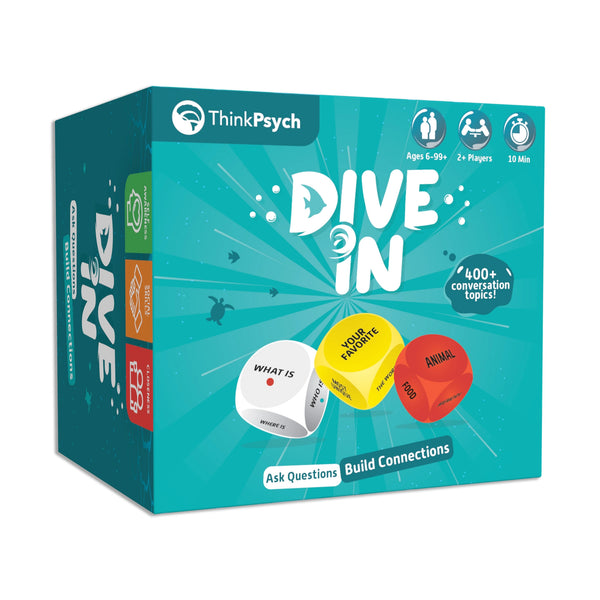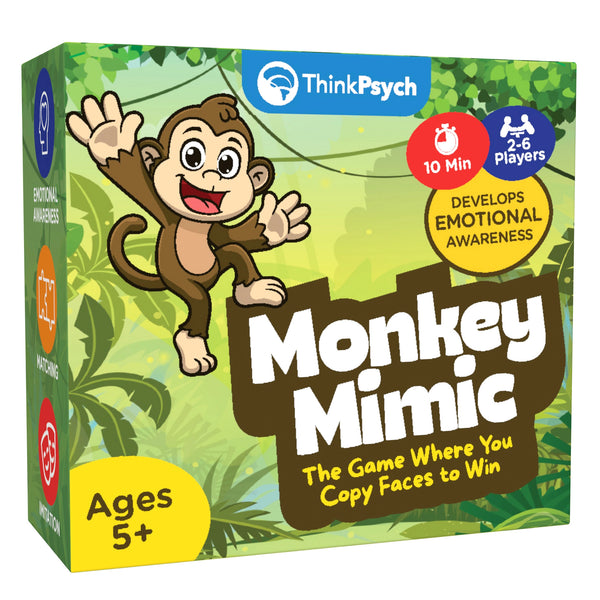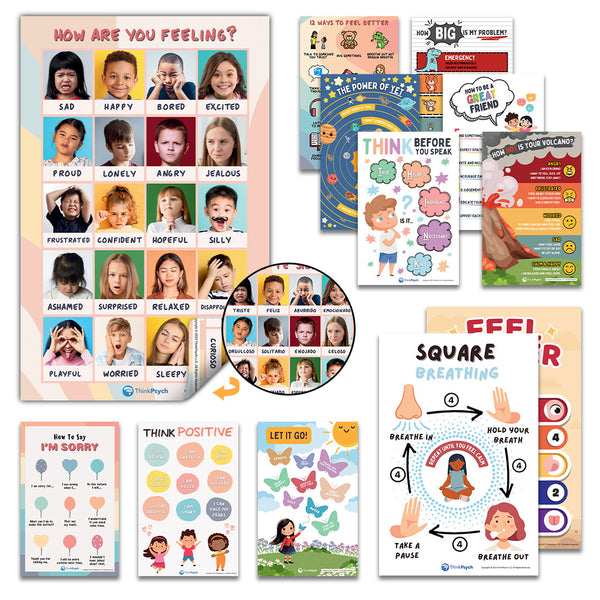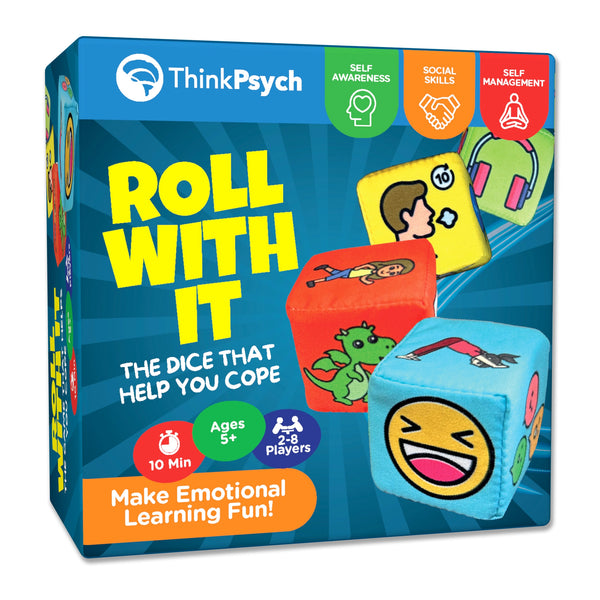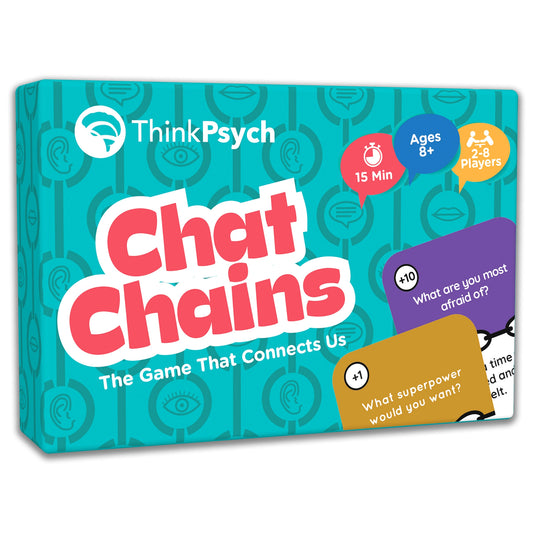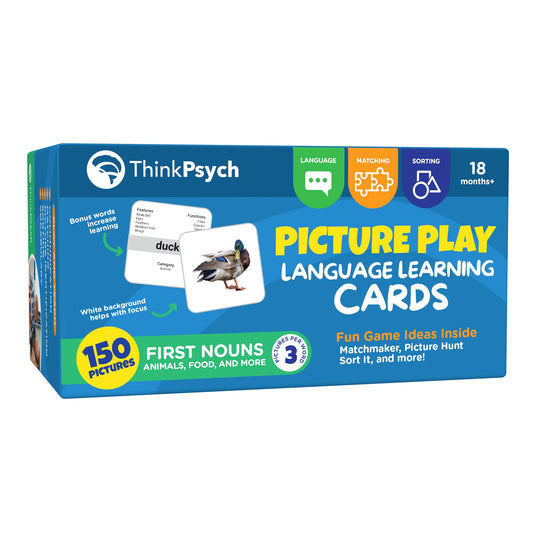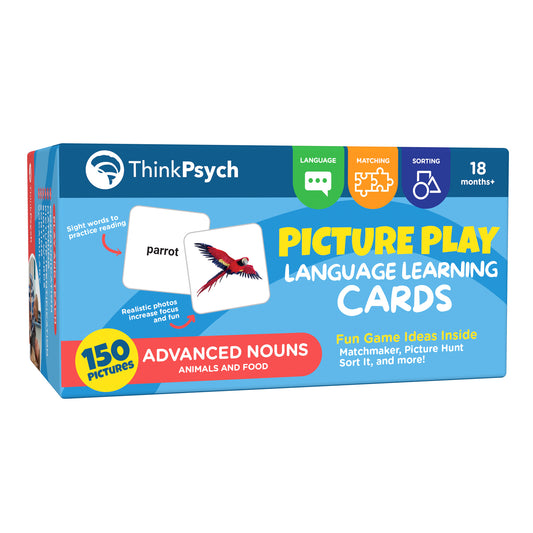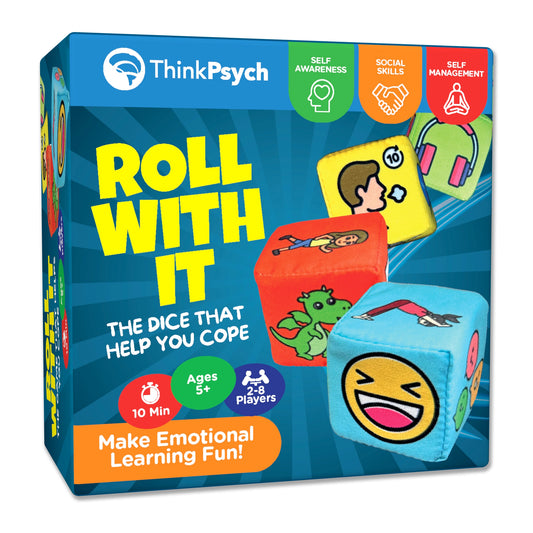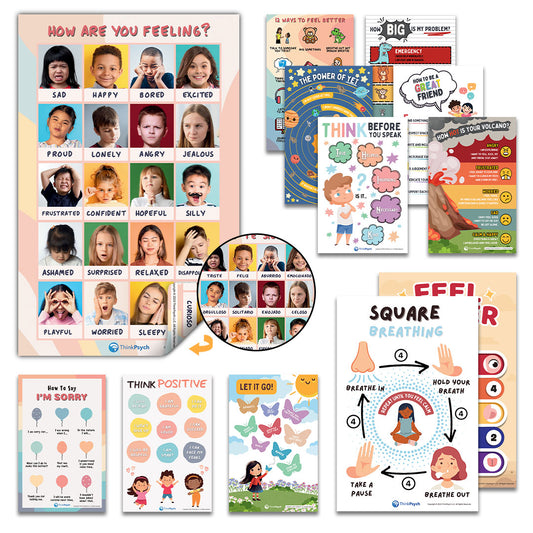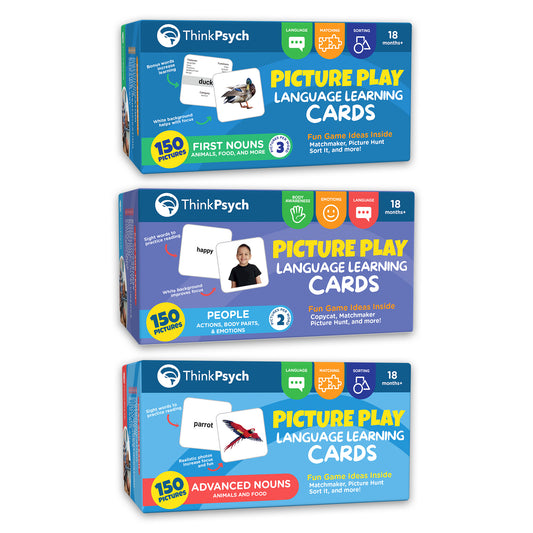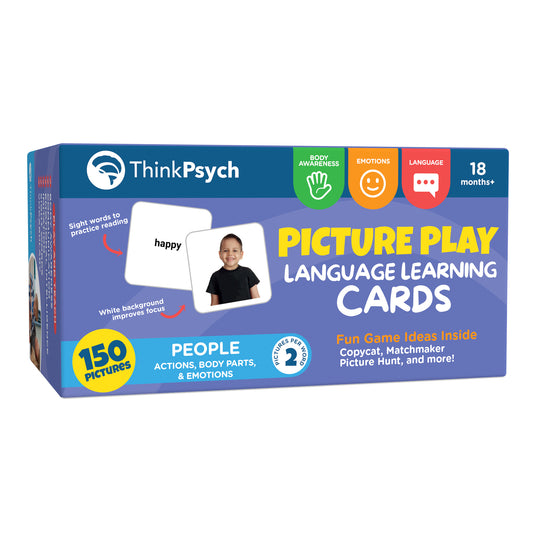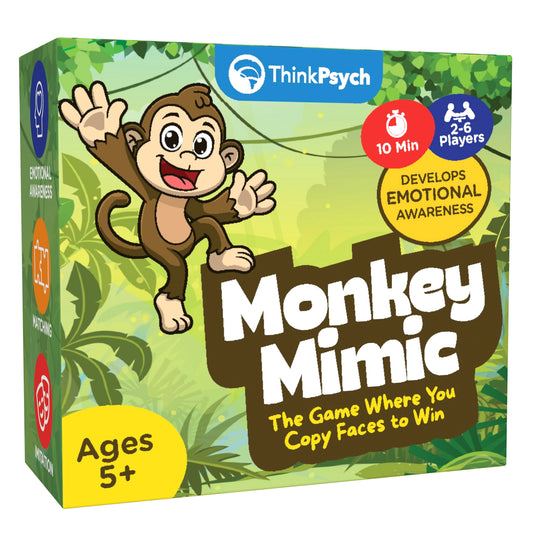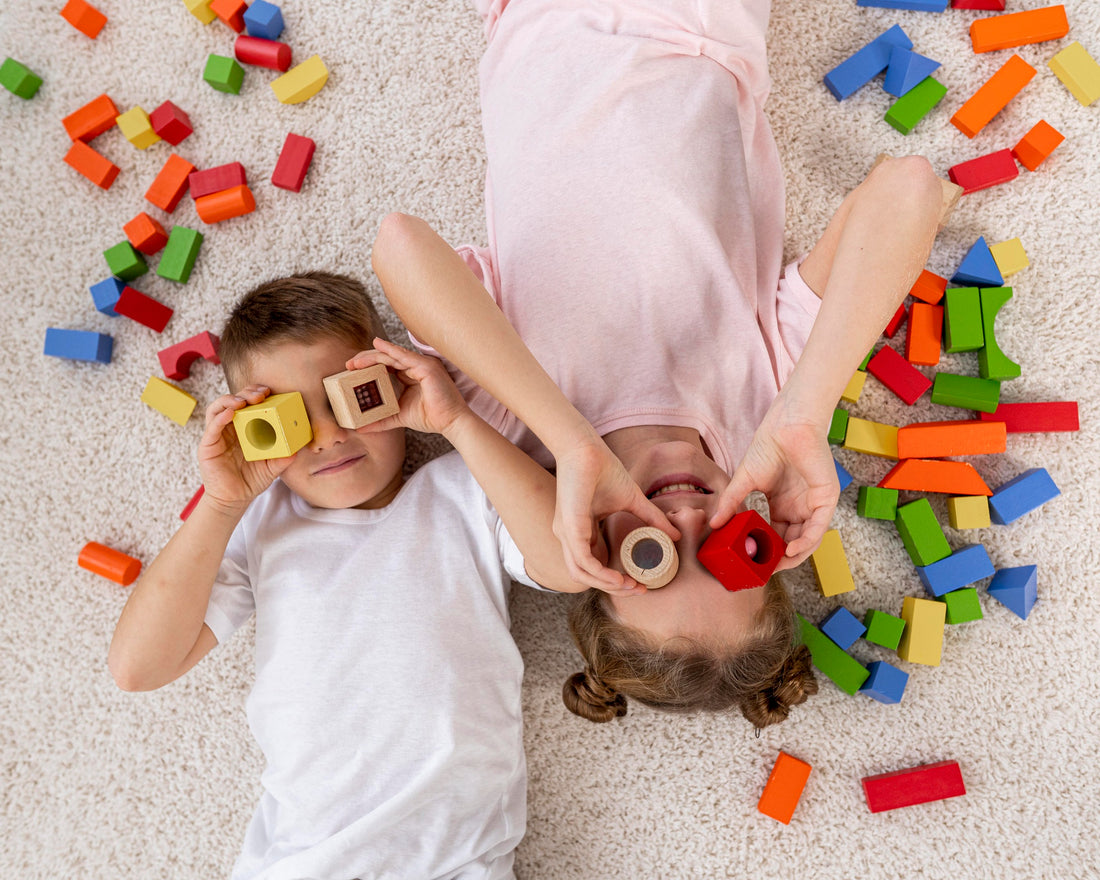
Intro to VB-MAPP (Part 1 of 8)
Share
Introduction
The Verbal Behavior Milestones and Placement Program (VB-MAPP) is one of the most frequently used tools to assess individuals with Autism and other developmental disorders. It is something that we use in our practice here at ThinkPsych on a weekly, if not daily, basis. So what is it? Well, the VB-MAPP is a criterion-referenced tool. That means that individuals are scored according to some sort of criterion, which in this case, was developed based on observations and testing of typically developing children from ages 3 and 5. It was developed by Mark Sundberg, Ph.D, BCBA and released in 2008. It is an invaluable tool for assessing existing skills and then planning a curriculum to address any existing skill deficits for our students.
The way that we typically use the VB-MAPP is to give to children at their initial assessment for our practice. This initial assessment will give us a comprehensive overview of the individual child’s strengths and deficits as compared to a typically developing child. These may include skills like asking for food, identifying pictures, following one-step directions, or imitating motor actions. Once the assessment is completed, a comprehensive instructional program can be developed in order to address the child’s identified deficits. Once the instructional program is under way, the VB-MAPP serves as a curriculum guide and a tool to track progress. We typically like to see the VB-MAPP administered every 6 months or more frequently if a child is making rapid progress.
How to get started:
The first step to beginning the VB-MAPP assessment is to purchase the materials that you will need to administer the assessment. The way that we recommend starting is to purchase a copy of the protocol and guide. They are available at Amazon as a set.
The first thing to be aware of is that the VB-MAPP is not actually just one assessment, but three in one:
- Milestones Assessment – Consists of 170 milestones divided into three levels that are grouped by age (0-18 months; 18-30 months; 30-48 months)
- Barriers Assessment – Consists of 24 barriers that rated by the test administrator in terms of their effect on the student’s learning.
- Transition Assessment – Consists of 18 domains that are considered to be prerequiste skills for transition to less intrusive setting (e.g., resource room, inclusion, or general education placements).
Once you have spent some time looking through the protocol and reading the guide, you will need to start practicing with some actual children. In order to do so, you will need to purchase materials to conduct the assessment with children. Unfortunately, this is one of the most challenging parts of actually giving this assessment! In order to give this assessment, you will need the following materials:
For all levels
- Some way of keeping time (e.g., watch or cell phone) for timed responses
- A copy of the protocol and scrap paper for taking notes if needed
- Preferred items that can be used as reinforcers for the child (e.g., snacks, toys, activities)
Level One (0 to 18 months old)
- 10 preferred items that could serve as reinforcers (e.g., chips, M&Ms, toys)
- 10 pictures of everyday things, people, or animals that are familiar to the child (e.g., toys, family members, and pets)
- 10 everyday objects that are familiar to the child (e.g., utensils, toys, snacks). Must include:
- Blocks or a Ring Stacker for assessing stacking.
- Small objects for assessing pincer grasp
- 2-3 inset puzzles that involve identical matching (must have 10 pieces total between all puzzles) or 10 pairs of identical items (e.g., pair of identical forks, pair of identical blocks, etc.)
Level 2 (18 to 30 months old)
- 20 everyday items that could be missing components for child to request (e.g., puzzles, paper without crayon, Mr. Potato Head, car ramp without car, track without train, etc.)
- A set of flashcards with 3 examples of 50 unique nouns (see our flash cards specially made for the VB-MAPP here)
- A list of 200 common nouns or verbs that that could be used to assess vocabulary (see our free list of 50 first words).
- 3-5 simple children’s books with a variety of items that could be used for labeling (e.g., First 100 Words, Curious George books)
- 25 pairs of identical items or pictures
- 25 pairs of non-identical items or pictures (e.g., pairs of items – a blue fork and a red fork – or pairs of pictures – a brown horse and a grey horse).
- 25 pairs of non-identical pictures and objects to test 2D->3D matching. For example, could include a picture of a silver fork and a blue (actual) fork.
- 10 groups of small objects that could be shorted into colors and shapes. Must contain at least 10 different colors or shapes total.
- 5 assembly toys with multiple parts (e.g., Mr. Potato Head, Little People Set, Cooties bug, Kid K’Nex, Lincoln Logs, etc.)
- List of intraverbal fill-ins and what/who/where questions.
ThinkPsych Materials Designed for VB-MAPP Assessment
To make administering the VB-MAPP a little easier, we designed some flashcards that are well-aligned with milestones in level 2 and 3. Our First Nouns Picture Flash Cards set includes 50 words with 3 exemplars each and consist of super-durable cards with clear pictures on a white background. On the back of each card are feature-function-class questions so you could start assessing for those abilities. The Advanced Nouns Picture Flash Cards set contains another 150 words with clear pictures on durable, thick flashcards. Check them out today!
Customer Favorites From Our Store
Level 3 (30 to 48 months old)
- List of 1200 words (nouns, verbs, adjectives) that could be used to track tacting (labeling) and listener responding abilities
- 4 items that can be used to teach contrasting adjectives (big, little, long, short). For example, small/large pencil and big/small ball.
- Pictures or objects that come in at least 4 colors and 4 shapes for receptive identification shapes
- 25 pairs of novel non-identical items or pictures (e.g., pairs of items – a blue fork and a red fork – or pairs of pictures – a brown horse and a grey horse).
- 20 different block designs, parquetry, or shape puzzles
- 25 pictures or objects that could be sorted into five categories (e.g., animals, clothing, furniture)
- Worksheets containing at least 20 three-step patterns, sequences, or seriation tasks
- Materials for arts and crafts task (e.g., crayons, markers, papers, scissors, finger paints)
- Materials/toys for pretend play
- Pre-academic books (e.g., dot-to-dot, matching games, mazes, tracing letters/numbers)
- Letter, number, and word flash cards
- 3-5 Books that can be used for reading and listener feature-function-class (LRFFC) identification tasks
- List of 1000 listener feature-function-class (LRFFC) identification targets
- List of 300 intraverbal questions
- List of 4 different rotating WH questions about 10 topics
- 10 small objects for demonstrating counting
Next Steps
Once you’ve acquired all the materials that you need to administer the VB-MAPP, it is time to familiarize yourself with the terminology that you’ll need to understand. We cover this in the second part of our series on the VB-MAPP here.
